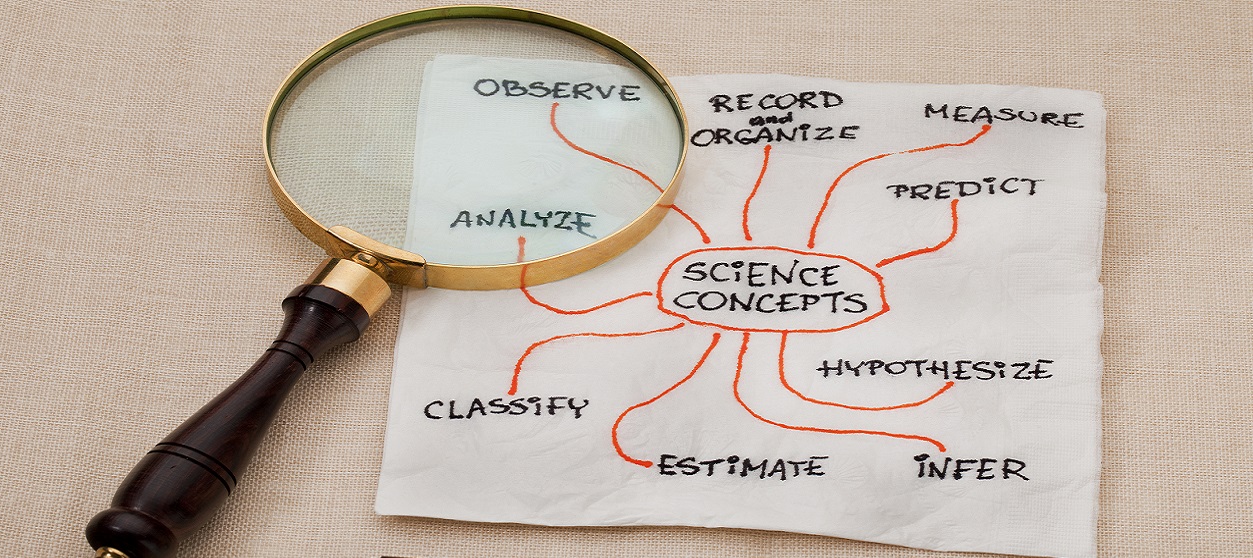A Data Fabric, sometimes referred to as enterprise data fabric or data integration fabric, is a paradigm shift to advanced data integration and analytics. In the scope of modern data management, a data fabric provides the means for collecting, persisting, and analyzing diverse data sources. It also enables software-based integration of all data-related processes, technologies, and capabilities into a single IT infrastructure. Moreover, an enterprise data fabric provides standardized methods to access, store and manage the vast amounts of raw facts of an organization.
In most cases, data fabric infrastructures come with advanced data management features like in-memory data processing for real-time data. Furthermore, they are very scalable and can grow in-line with the business priorities of an enterprise. Hence, data fabrics alleviate the limitations of traditional Enterprise Data Warehouse (EDW) platforms, which are not capable of handling data silos and coping with the different levels of data ingestion. Nowadays, many businesses are adopting data fabric as a new data management approach that fosters efficient read/write access to their massive data sets. They use it as a key enabler for processing, understanding, and analyzing their big data while at the same time delivering faster processing times.
Benefits of Data Fabric for Effective Management and Integration of Diverse Sources
Data Fabric is gaining traction in Enterprise Data Management because it integrates relational databases and data lakes to provide support for both structured and unstructured data. It’s not uncommon for organizations to have multiple databases that store different types of data, but they don’t necessarily integrate with each other. Data Fabric solves this problem by combining databases and data lakes into a single platform that can manage all types of data – including structured, unstructured and streaming – in one place. The need to integrate both structured and unstructured data is one of the biggest challenges facing organizations today. Research firms like IDC predict that most enterprise data will be unstructured in the years to come. This means that traditional architectures will not be able to support the increasing demand for unstructured data management.
Data fabric also integrates data in motion and data at rest. For example, when a customer submits an order, the enterprise system can process that data in real-time, storing it in a relational database, while also executing analytics on the same data to find patterns or anomalies. Moreover, data fabric has features like self-service analytics that allow business users to use their own applications to query the data without having to go through other IT systems. This gives business users more control over their data and improves agility because they don’t need to wait for the IT department to approve new queries or apps.
By using an enterprise data fabric infrastructure, businesses can access all their streaming data from any location, including mobile devices. This is a huge step forward for efficiency. Additionally, enterprises can still use their existing infrastructure. They do not need to invest in new hardware or infrastructure costs when adopting data fabric technology. Specifically, data fabric integrates relational databases and data lakes because many companies have legacy systems that don’t fit into modern architectures. For example, suppose you want to analyze your historical transactional data (e.g., orders) in conjunction with your recent clickstream events (e.g., website traffic). In that case, you will need access to both sources of information at once to perform data analysis across them. Overall, by using data fabric, companies can combine data from various sources inside and outside the company, including public cloud services, on-premises systems, and third-party Application Programming Interfaces (APIs). This enables them to better analyze their data and thereby make better business decisions.
Examples of Data Fabric Applications
Here are some characteristic examples of how organizations in different sectors take advantage of enterprise data fabric infrastructures:
- Data Fabric applications in finance: Financial institutions use data fabric solutions to deliver financial services and solutions to their customers on any device, anytime, anywhere. Thus, they are able to offer their clients a consistent experience across all channels, thereby increasing customer satisfaction while also meeting regulatory requirements. Financial institutions have been also been using data fabric for years to gain insights from combining multiple data sources such as customer service records, transaction histories and social media analytics.
- Data Fabric applications in healthcare: Healthcare providers use data fabric solutions to meet the growing need for patient-centered care, improve clinical outcomes and lower costs. In particular, they use data fabric tools to move beyond traditional workflows, which can be slow and complicated, towards real-time collaboration that permits providers with different levels of expertise to enable secure data sharing in real-time. Moreover, healthcare companies use data fabric for patient records management, billing, and compliance with regulatory requirements. The technology allows hospitals and other medical organizations to share patient information across departments and care providers. This improves the patient experience and enables doctors to make more informed decisions about treatments. It also reduces administrative costs by eliminating redundant tasks such as data entry or manual workflows.
- Data Fabric applications in industry: Manufacturing organizations use data fabric solutions to accelerate product innovation and improve supply chain efficiency by connecting people, machines, systems and data end to end throughout the entire value chain. Specifically, data fabric can boost the development and deployment of industrial applications. Industrial organizations are increasingly turning to Big Data technologies to collect and process large volumes of unstructured data generated by machines or sensors to improve the efficiency and safety of their operations. However, these applications typically require expensive hardware systems that are difficult to scale. With the emergence of low-cost cloud computing services and accompanying data fabric infrastructures, companies can deploy industrial applications at scale without having to invest in expensive hardware systems.
By and large, the introduction of data fabric has opened many possibilities for enterprise data management. This is a truly promising ground to be in, and data managers need to take advantage of this new technology as soon as possible. The tools within these fabrics will allow businesses to influence their future and provide a method for growth, success, data democratization, and eventually reward the risk takers who embrace this new technology. Hence, when embarking on their data management journey, modern enterprises must consider data fabric solutions.










